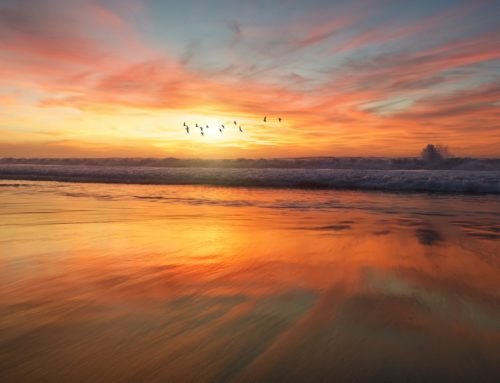Palos Verdes Native Indians
While first described in 1542 by Portuguese Explorer Juan Cabrillo, for almost three centuries the Palos Verdes Peninsula remained undisturbed and the exclusive domain of the local Indians, whose artifacts are still being unearthed. One of the richest treasure troves found in Palos Verdes, archaeologically speaking, bordered Torrance on a bluff overlooking Malaga Cove. USC and the Southwest Museum excavated the area in 1936 and 1937 and found thousands of artifacts. Eventually, archaeologists used radiocarbon dating and found the Malaga Cove site had been inhabited by humans for at least 7,100 years. The early inhabitants found so much game, seafood, and wild plants in the area they never needed to develop farming.
The most recent Native Americans to live in Palos Verdes were members of the Tongva tribe who spoke a Shoshone language. Most recently €”between 1,000 and 235 years ago €”a group called the Chowigna lived in in Malaga Cove and at other sites in Palos Verdes. Chowigna villages stretched from the South Bay to Catalina Island. The biggest village in the area, though, was believed to be at Machado Lake, between Gaffey Street and the 110 freeway. It was called Suang Na.
The Tongva did not use a written language, but their myths and their superb knowledge of their environment were passed down from one generation to the next through storytelling and teaching. Large trees did not grow in this part of California, so they built houses with frames made of willow poles. They also constructed reed boats, and sealed them with tar or asphalt found on the beach. The Spaniards called the native people after the names of nearby missions. The natives in the Los Angeles area became known as the Gabrielino, because they were the closest to the Mission San Gabriel.
During the summers, the Tongva camped along the ocean and hunted in places such as Abalone Cove for fish, seals, sea otters, abalone, and other shellfish using their canoes. During the cold, rainy season, they moved back to base camps on higher ground and hunted deer, rabbits and squirrels.

Indian Artifacts from Palos Verdes (picture 4/3/26)
For over two hundred years after the first explorers came, the Spaniards occasionally met and traded with the Tongva people. In the late 1700’s, the Spaniards began to permanently settle the Palos Verdes Peninsula area. As they moved in with their cattle and horses, and new crops, the native animals and plants that the Tongva relied on for their survival began to disappear. The Spanish began to persuade the Native Americans to give up their old way of life and move to the Spanish missions and ranchos, where they would learn farming and cattle raising. The Spanish missions interrupted life for the Chowigna. At the Malaga Cove site, the most recent artifacts found nearest the surface were glass beads the Spanish brought. An estimated 150 people lived at the site in its last days, about 1775.
For more information about South Bay History, see my website at http://www.southbayhistory.com
For more information about Palos Verdes and South Bay Real Estate and buying and selling a home on the Palos Verdes Peninsula, visit my website at https://www.maureenmegowan.com . I try to make this the best real estate web blog in the South Bay Los Angeles and the Palos Verdes Peninsula. I would love to hear your comments or suggestions.




